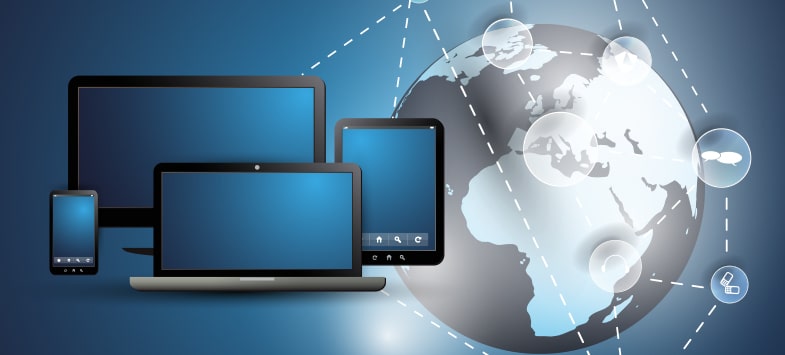
Things are changing fast, as regards cyber-security, just as in other walks of our day-to-day life. Cyber security threats are becoming more and more sophisticated in nature, and more and more cyber attacks are happening all around, even targeting government agencies and high-profile organizations. There are even instances when cyber attacks originate from people inside an organization. Cyber security strategies too are changing and are becoming real sophisticated, but the belief nowadays is that no layer of security can perhaps assure and ensure total security. There is the thought that almost everything is accessible today and any intruder can get it, despite going for the best of security measures.
As cyber security threats and attacks get more sophisticated and as cyber security strategies become more advanced, it's important that we dwell a bit on the relevance of traditional security models too. Yes, traditional cyber security models, made up of some very effective processes and tools, do offer security professionals a chance to enhance an organization's security posture.
It's a layered approach that's needed for real security. Of course, there should be the mandatory PCI compliance, which happens to be one of the critical layers for any e-commerce business. Then due importance should be given to change management, which includes change monitoring, alerting, backups and rollbacks. It's important for an organization to create layers of security within each single crevice of its environment. Having a good network configuration management tool is very important for any organization today. In addition to these, there are these very traditional security measures that are to be adopted and which prove highly effective as regards cyber security, for any organization.
Firewall Management- Firewall management is a traditional security strategy, but it's of utmost importance. Having a good firewall management tool would help an organization do ongoing rule and change tracking. It also helps enhance compliance.
Patch Management: Identifying patches and effective patch management is always important. Therefore every company should get a trusted, effective patch management software. This helps ensure that all clients and applications (desktop applications and server applications) are up to date and also that all vulnerabilities are covered through whatever patches are in place.
Traffic Analysis- Having a traffic analysis software helps. It helps detect who is talking to whom, who is using which IP address and who is sending what to whom- at any given point of time. This helps greatly, especially when there is a threat and you need to conduct forensics.
Security information, event management- Having a log and event management tool is like adding an extra layer of security. It helps see the entire environment and correlate information, make connections and have exact visibility of all network operations. Thus it helps detect the presence or entry of an intruder in a very effective manner.
There are some other key security methods, mostly traditional ones, that need to be adopted, for effective security. These include having an effective and up-to-date antivirus software, careful management of the use of privileged accounts, implementing data-focussed access control, defining and implementing software rules, backing up critical files regularly, regular updations etc.
Effective Patch Management Strategy Prevents Security Hacks
The Data Breaches Cost of US Businesses in 2017
3 Important Things Windows Patch Management Should Do
The things You Need To Know About Security Patch Management
Why do you need Automated Patch Management. Reasons Explained
CLOUD BASED IT MANAGEMENT SOFTWARE FOR
MSPs and ENTERPRISE
Remote Monitoring and Management | Service Desk | Patch Management
Now Add Up To 50 Devices for Free
Add new comment